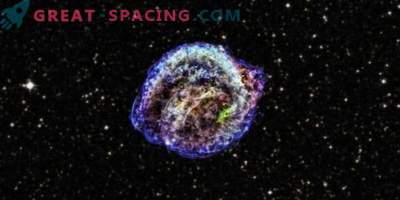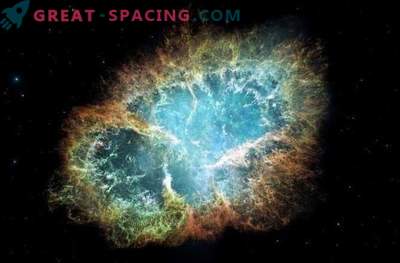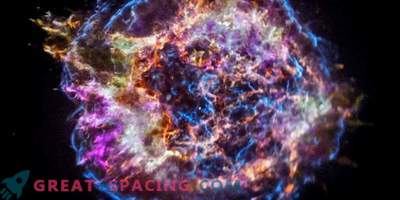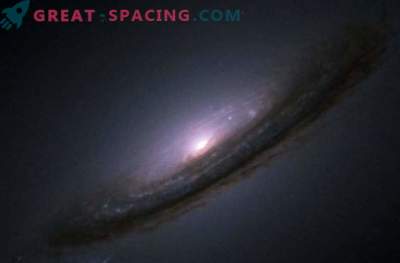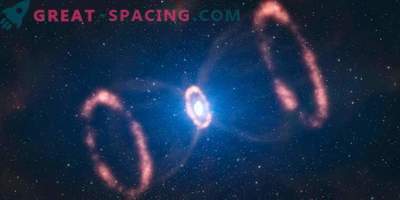
In 1901, the star GK Perseus became a real astronomical sensation, becoming for some days the brightest star in the sky. But it was not a supernova explosion. The star performance was less dramatic, but nonetheless had a significant impact on the local space.
The GK Perseus explosion was caused by a hot plasma on the surface of a white dwarf. A small dense object was pulling gas from its stellar partner. When the plasma reached a critical mass, a powerful thermonuclear explosion tore the upper layers of the white dwarf.
However, this explosion did not destroy the white dwarf and, therefore, it was not a supernova explosion.
The result of the “classic” supernova is a bright hot ball and an interstellar shock wave. Although new stars do not form heavy elements, some supernovae are known to produce such heavy elements as iron, calcium and oxygen. But GK Perseus can still have dramatic consequences for the surrounding space. Now, thanks to the observatory of NASA Chandra, scientists are investigating the results of observations carried out in the 2000s, and then again in November 2013. With a difference of observations of about 13 years, short-term changes in the explosion can be seen.
So, for example, the speed of the blast wave was measured, which was about 700,000 miles per hour, that is, over the past 13 years, it has covered over 9,000,000,000 miles (about 1,000 astronomical units).
Over the same period, the luminosity of the material has decreased by 40 percent. But of particular interest was the temperature of the surrounding interstellar gas - it turned out to be unchanged.
In a new report published March 10 in the Astrophysical Journal, astronomers suggest that supernova residual gases are likely to be cooled, while shock waves propagating from an explosion passing through a less dense medium heat the gas.



